The case for hybrid parent-teacher conferences
While virtual parent teacher conferences are convenient, they should be coupled with in-person conferences to create a hybrid parent-teacher conference model.

Parent-teacher conferences at New York City schools were forced online in 2020 amid the COVID-19 crisis, as in-person learning was deemed risky due to the potential transmission of the virus. While in-person learning has since returned in full swing, PTCs remain virtual, partly because of the Department of Education’s vaccine mandate for visitors. But as of February 10, 2023, the DOE will no longer require vaccinations for school visitors. In this light, it remains unclear what the future will look like for PTCs.
Remote PTCs were a marked departure from traditional in-person conferences. Rather than the two-column sign-up sheet and running from room to room, remote conferences let parents register and attend from anywhere with the click of a link. Saved from long-distance commutes, hallway traffic, and frozen waitlists, many parents enjoyed the ease of visiting virtually, with some even hoping for virtual conferences to become the new norm.
But parents should not let the inconvenience of in-person meetings overshadow the value that these rare opportunities bring to both teachers and students. The lifting of vaccination requirements for visitors to school buildings provides the perfect opportunity to implement a hybrid PTC system across the city’s schools.
Simply put, virtual meetings are not conducive to the high-quality conversations offered by face-to-face meetings. When interactions occur over a computer screen, parents can be drawn away from the conversation by background distractions in their household. Even basic social cues such as eye contact are hard to pick up on through the computer, making it difficult to sustain active engagement between parents and teachers.
Meanwhile, in-person PTCs offer the chance for direct and distraction-free communication. When parents and teachers meet face-to-face without any virtual bulwark in place, they can share a nuanced and meaningful exchange that may translate into more productive outcomes for students. Some school officials are even looking towards traditional conferences as an opportunity to build or rebuild quality connections after the pandemic threw schools and students into disarray.
While the digital approach to PTCs increased family attendance, often, with the virtual world so intertwined with education, we forget that not every home has access to the proper technology for participating. This becomes a barrier for parents to track their kids’ progress and communicate with teachers.
Still, siding with convenience, many insist on keeping virtual practices alive. But while convenience may be the virtual world’s greatest allure, high-quality exchanges might not be. To maximize both the quantity and quality of parent-teacher interaction, schools should implement a hybrid conferencing practice. For parents working late shifts, attending remotely may be their only option. For families who can afford the time, meeting with teachers in person is undeniably valuable. To accommodate each component, of the two official conference sessions provided by the DOE, one should be designated for in-person meetings and the other for virtual meetings. Virtual meetings could be scheduled during afternoon sessions since most parents are busy during those hours while evening sessions may be designated for in-person meetings.
As health concerns wane, the role of technology in students’ lives continues to change. It is more than ever challenging, however, to overlook the importance of in-person parent-teacher conferences for students. Maybe, in the next round of conferences, parents can find themselves connecting with schools instead of their Wi-Fi.
Your donation will support the student journalists of The Classic. Your contribution will allow us to purchase equipment, support our extracurricular events, celebrate our staff, print the paper periodically, and cover our annual website hosting costs.
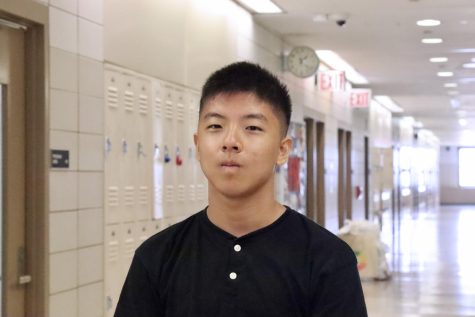
Lucas is a sophomore at Townsend Harris High School. He enjoys playing soccer and the piano. He also likes to hang out with friends.

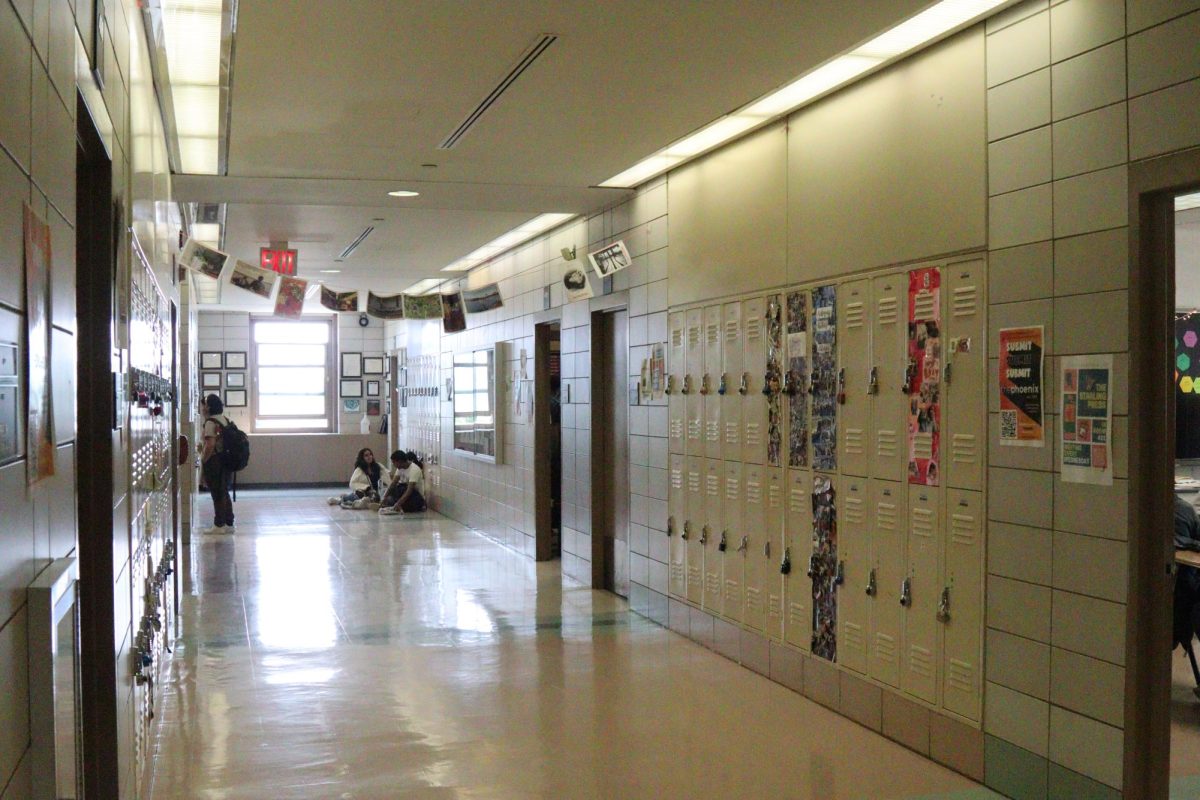
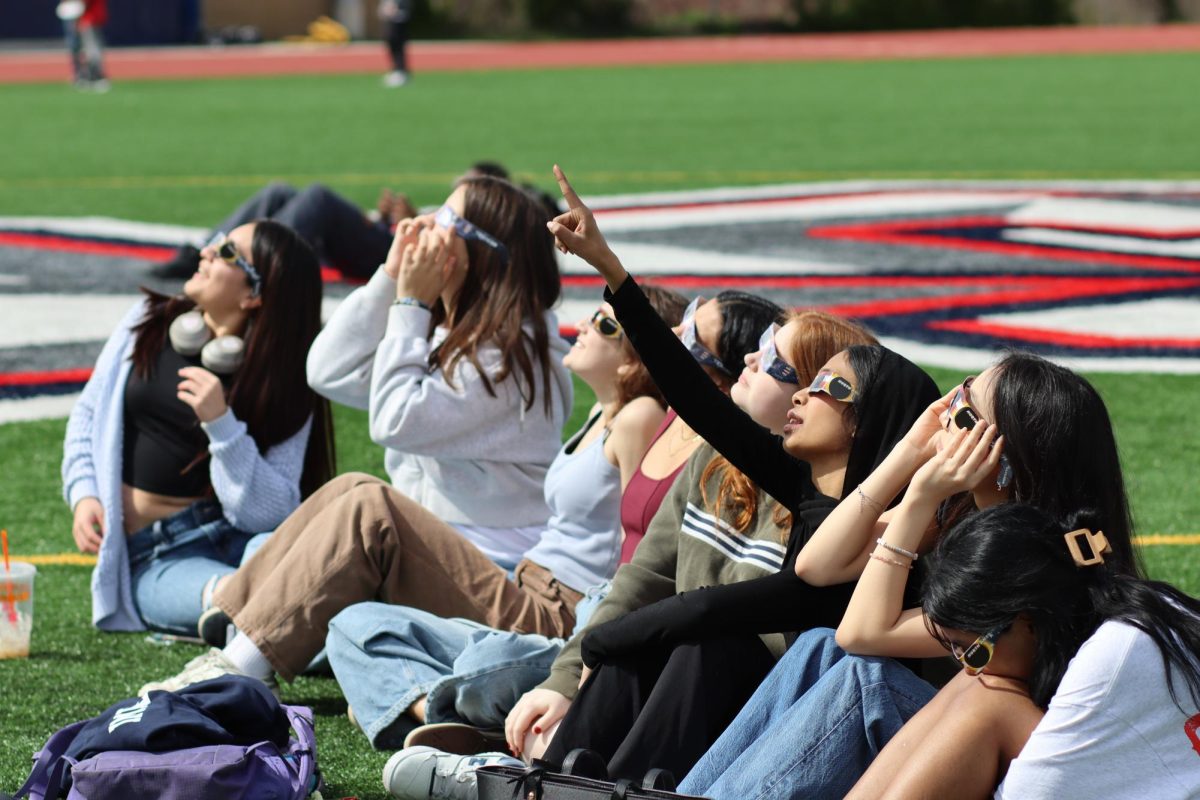

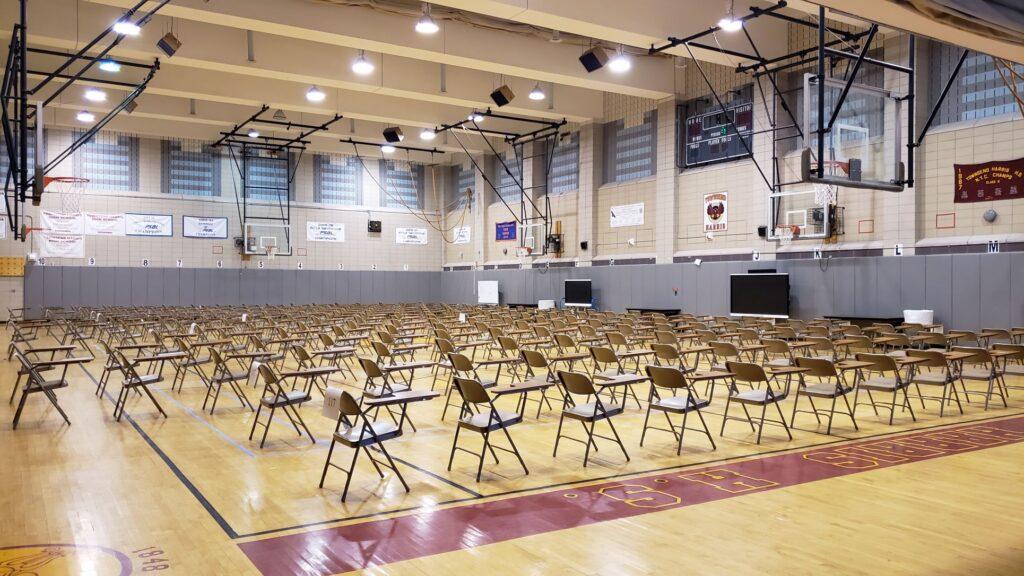
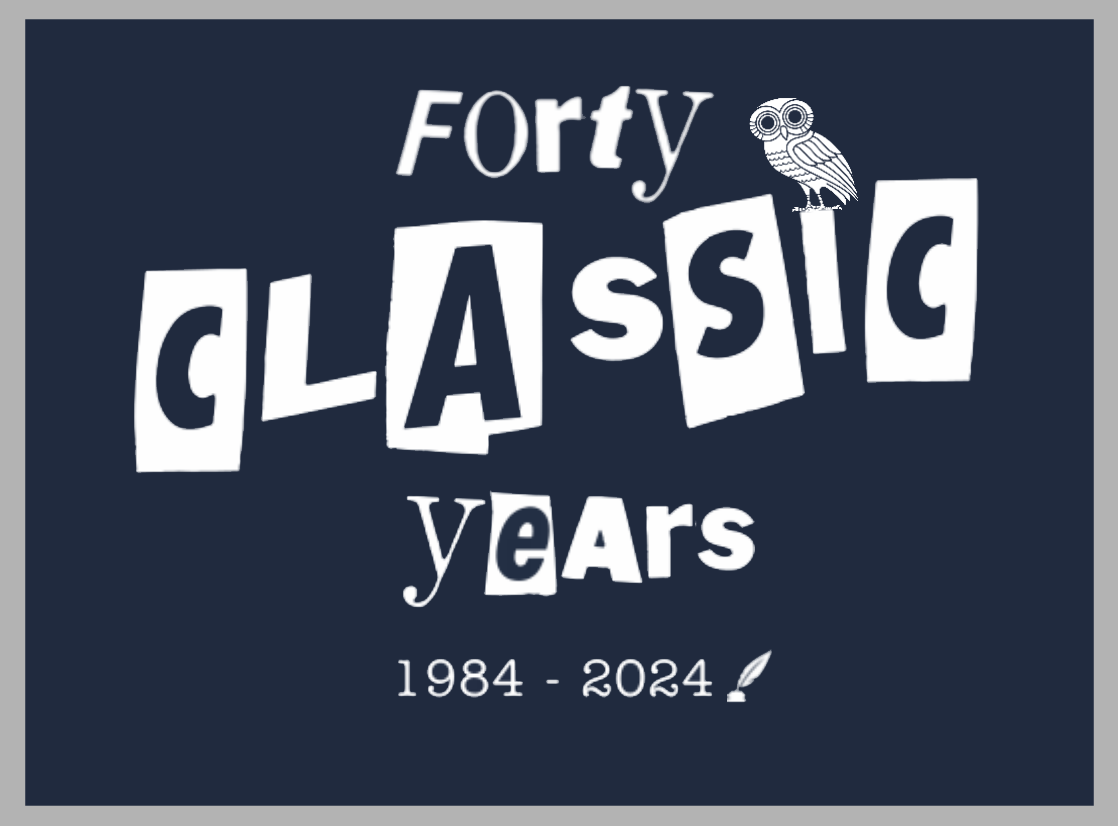
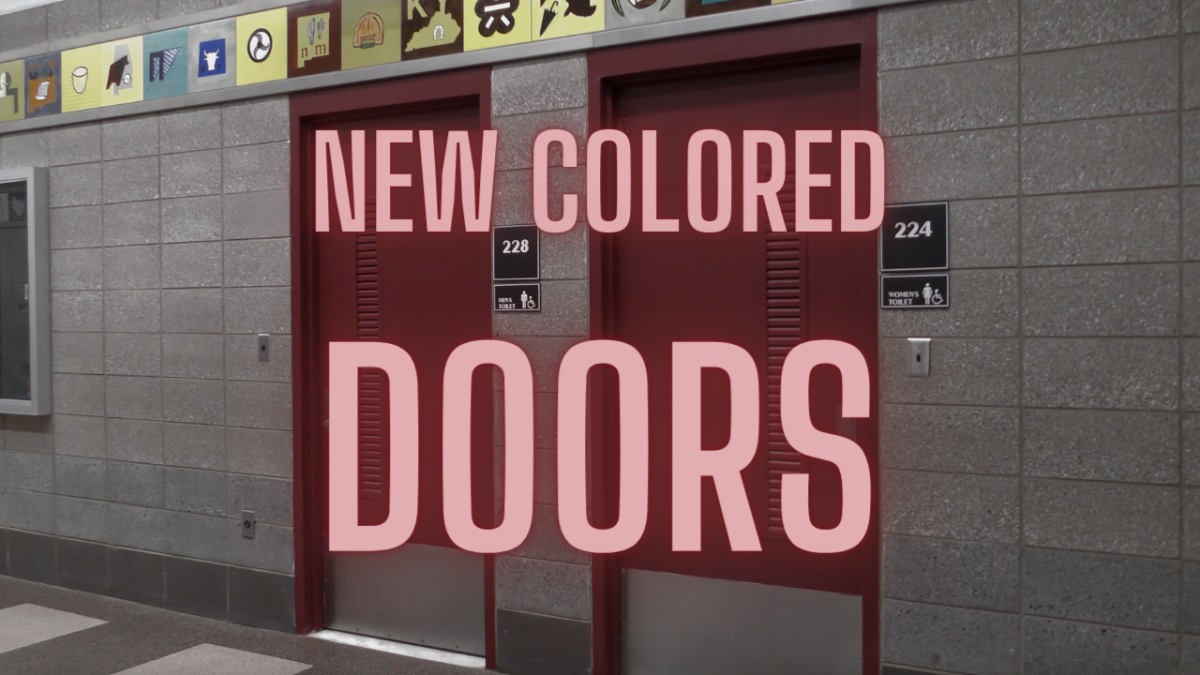
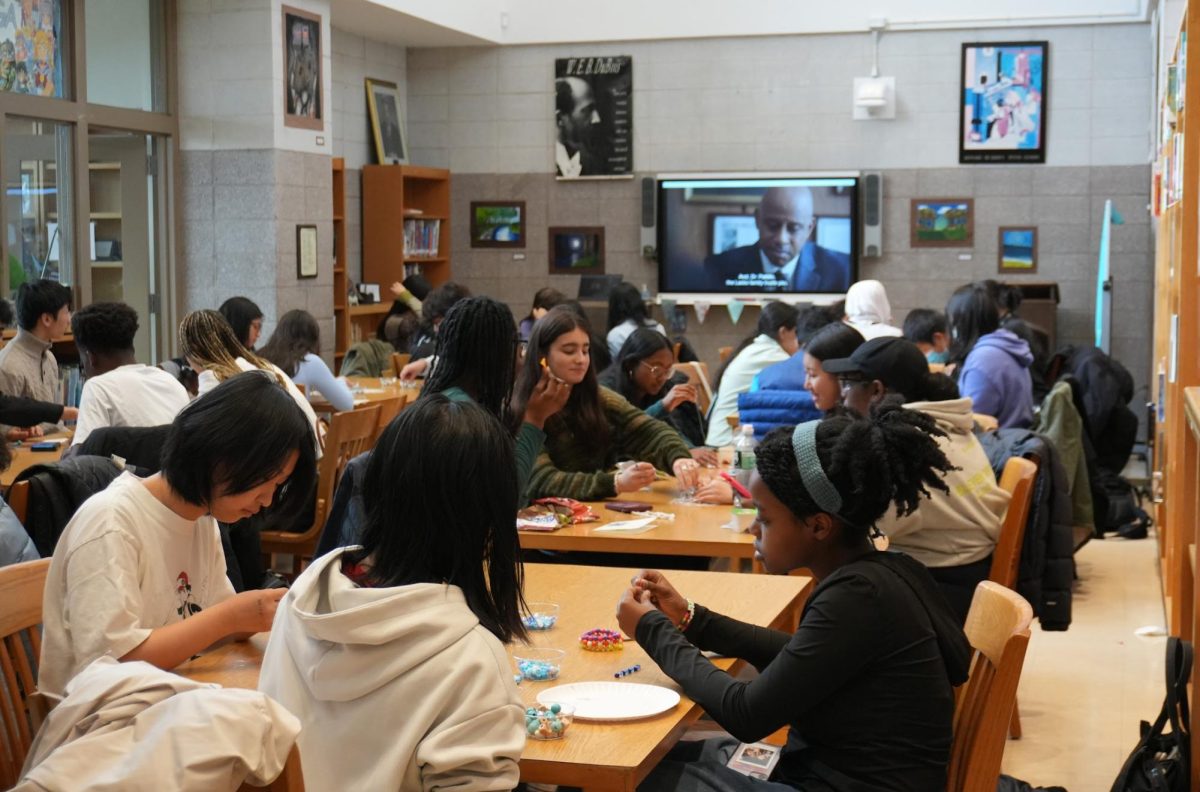





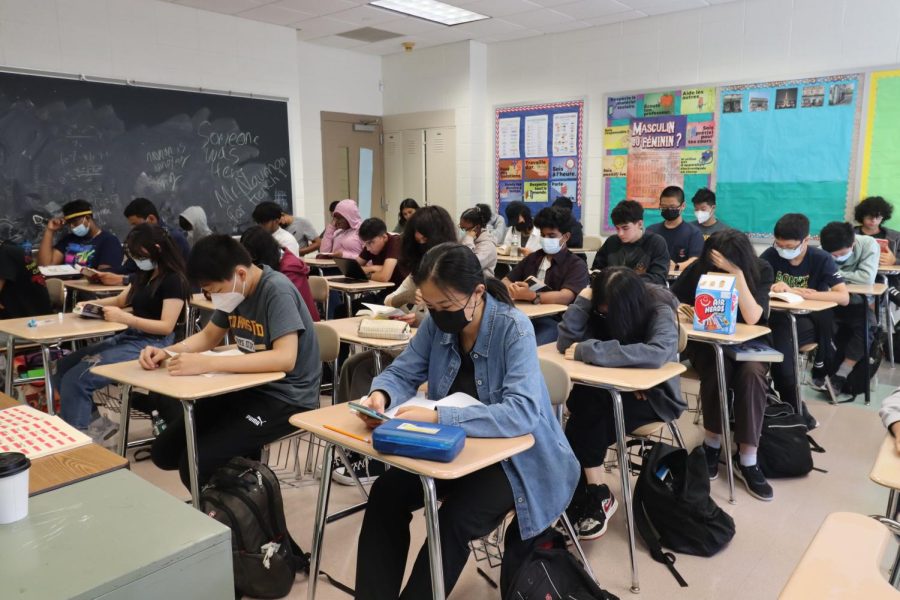

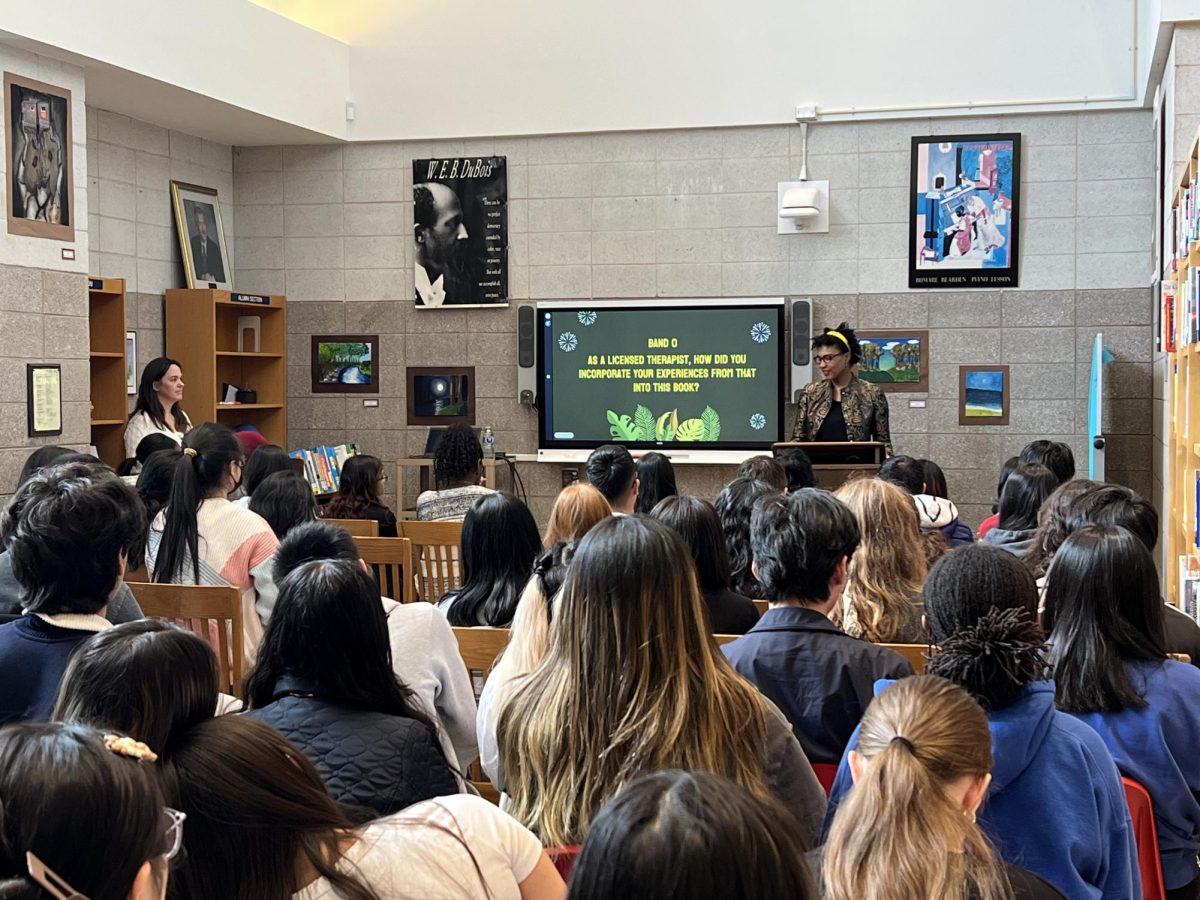
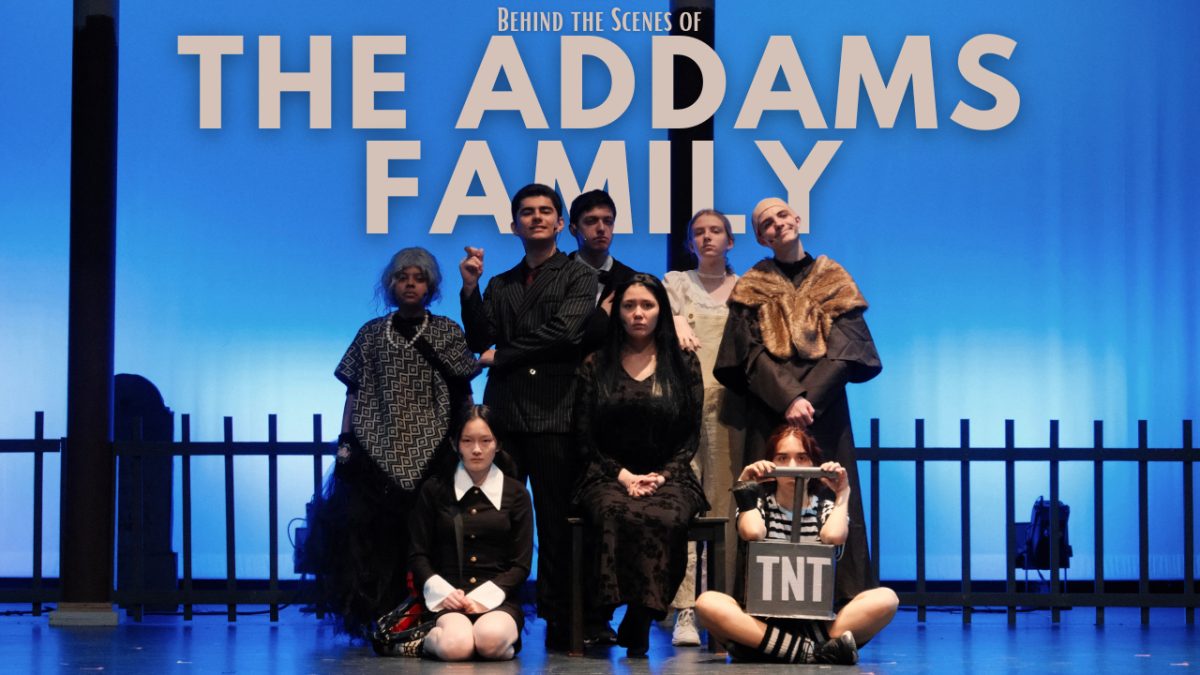








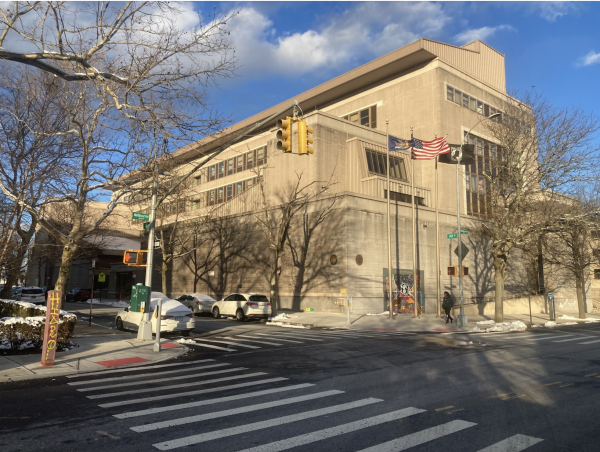
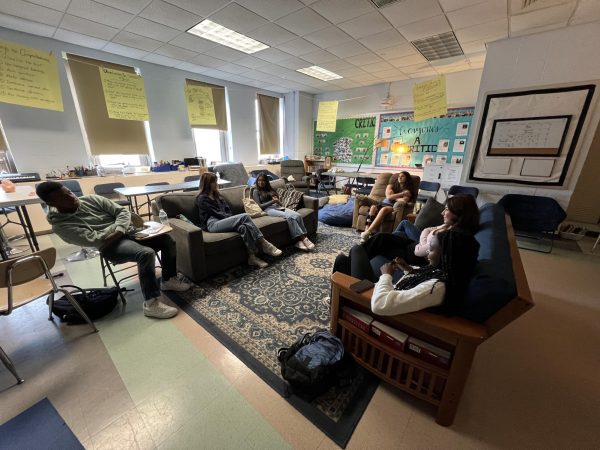
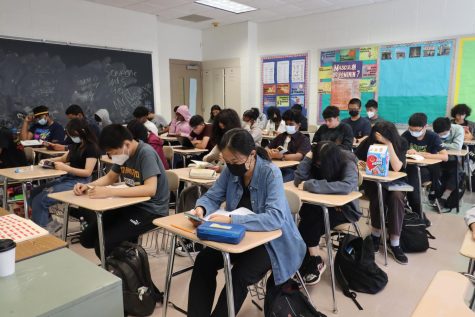

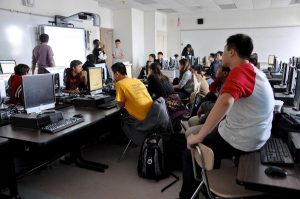

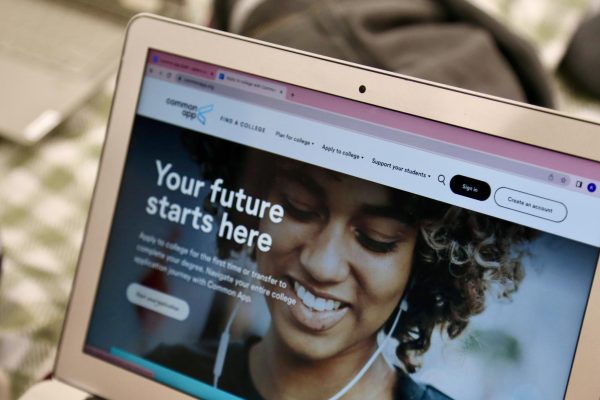
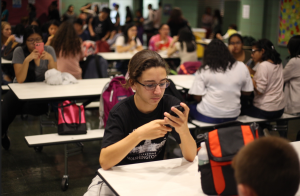


Lisa Pena-Humes • Mar 2, 2023 at 6:32 pm
Please know that parents can schedule meetings with their child’s teacher any time during the school year if they want to speak to them. Teachers have been able to contact way more parents virtually than in person, everyone has a phone. It is impossible to see all parents in one night, this way we can spread the calls over the course of the week, not just that one night in person. It is not perfect but much better than the in person conferences of the past.